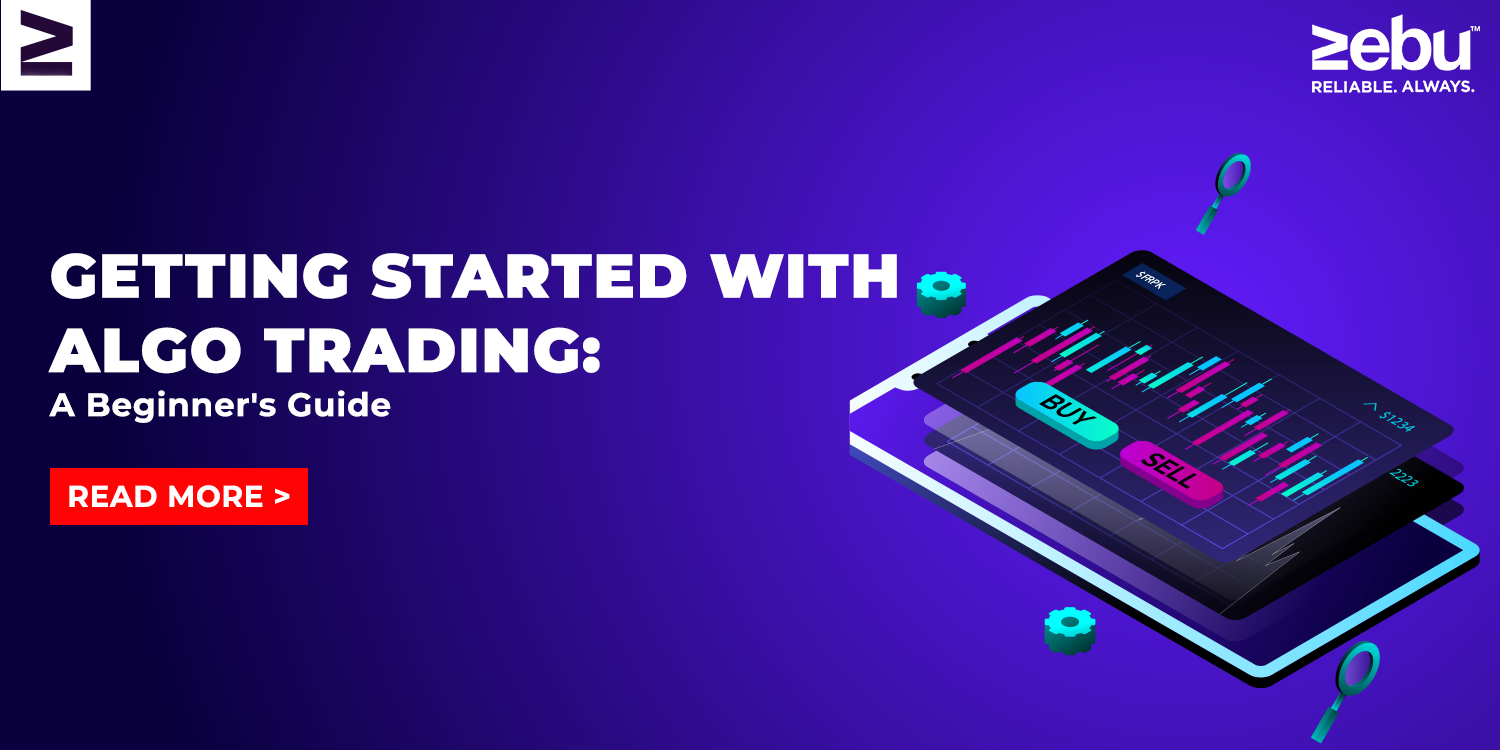Live Trading Tips for Nifty 50 Futures
Live Trading Tips for Nifty 50 Futures
Introduction
Nifty 50 Futures is a popular derivative instrument in the Indian stock market that allows traders to speculate on the future direction of the Nifty 50 index. In this blog post, we will explore the basics of Nifty 50 Futures, the importance of developing a trading strategy, risk management techniques, technical and fundamental analysis, managing emotions, backtesting and paper trading, choosing the right broker, monitoring market volatility, continuous learning, and more. By the end of this article, you will have a comprehensive understanding of Nifty 50 Futures trading and be equipped with the knowledge to start trading with confidence.
Understanding the Basics: What are Nifty 50 Futures?

Nifty 50 Futures are contracts that represent an agreement to buy or sell the Nifty 50 index at a predetermined price and date in the future. The Nifty 50 index is a benchmark index that represents the performance of the top 50 companies listed on the National Stock Exchange (NSE) of India. Trading Nifty 50 Futures allows investors to gain exposure to the broader market without having to buy individual stocks.
Nifty 50 Futures are traded on the NSE and are settled in cash. The contract size for Nifty 50 Futures is typically 75 times the index value. For example, if the Nifty 50 index is trading at 10,000, the contract value would be 10,000 x 75 = 7,50,000. The expiry date for Nifty 50 Futures contracts is the last Thursday of every month.
Nifty 50 Futures play a crucial role in the Indian stock market as they provide liquidity and price discovery for the underlying Nifty 50 index. They also serve as a hedging tool for market participants who want to protect their portfolios from adverse market movements.
Developing a Trading Strategy: Key Factors to Consider
Having a well-defined trading strategy is essential for success in Nifty 50 Futures trading. A trading strategy outlines the rules and guidelines that a trader will follow to make trading decisions. It helps traders stay disciplined and avoid impulsive and emotional decisions.
When developing a trading strategy for Nifty 50 Futures, there are several factors to consider. Firstly, traders need to determine their risk tolerance and set realistic profit targets. They should also consider their time horizon and trading style, whether they are day traders, swing traders, or position traders.
Different types of trading strategies can be used in Nifty 50 Futures trading. Some traders prefer trend-following strategies, where they aim to identify and ride the trend in the market. Others may prefer mean-reversion strategies, where they look for overbought or oversold conditions and bet on a reversal.
Risk Management: Protecting Your Capital in Live Trading

Risk management is a crucial aspect of Nifty 50 Futures trading. It involves implementing strategies to protect your capital and minimize losses. Without proper risk management, traders can quickly blow up their accounts and suffer significant financial losses.
There are several strategies for managing risk in live trading. One common approach is to set stop-loss orders, which are predetermined price levels at which a trader will exit a trade to limit losses. Traders should also consider position sizing, which involves determining the appropriate amount of capital to allocate to each trade based on risk tolerance and account size.
It is important to note that risk management is not just about limiting losses but also about preserving capital for future trades. Traders should avoid overtrading and risking too much capital on a single trade. By managing risk effectively, traders can ensure longevity in the market and increase their chances of long-term profitability.
Technical Analysis: Identifying Entry and Exit Points
Technical analysis is a popular approach used by traders to analyze historical price data and identify potential entry and exit points in the market. It involves the use of various technical indicators and chart patterns to make trading decisions.
There are several common technical indicators used in Nifty 50 Futures trading. Moving averages, for example, are used to identify trends and potential support and resistance levels. Oscillators, such as the Relative Strength Index (RSI) and Stochastic Oscillator, are used to identify overbought and oversold conditions.
Traders can use technical analysis to identify entry and exit points in Nifty 50 Futures trading. For example, a trader may look for a bullish crossover of moving averages as a signal to enter a long position. Conversely, a bearish crossover may be used as a signal to exit a long position or enter a short position.
Fundamental Analysis: Incorporating Market News and Events
Fundamental analysis is another approach used by traders to analyze the intrinsic value of an asset and make trading decisions based on economic and financial factors. In Nifty 50 Futures trading, fundamental analysis involves incorporating market news and events into trading decisions.
Fundamental analysis is important in Nifty 50 Futures trading as it helps traders understand the underlying factors that drive the movement of the Nifty 50 index. Traders should stay updated with market news, economic indicators, corporate earnings reports, and other events that can impact the index.
For example, if there is positive news about a company in the Nifty 50 index, such as strong earnings or a new product launch, it may lead to an increase in the index value. Conversely, negative news, such as a regulatory crackdown or geopolitical tensions, can lead to a decrease in the index value.
Managing Emotions: Controlling Fear and Greed in Live Trading
Emotions play a significant role in trading and can have a significant impact on decision-making. Fear and greed are two common emotions that traders experience, and they can lead to impulsive and irrational decisions.
To manage emotions in live trading, traders should have a well-defined trading plan and stick to it. They should avoid making impulsive decisions based on fear or greed and instead rely on their trading strategy and analysis.
Discipline is also crucial in managing emotions. Traders should avoid chasing trades or revenge trading after a loss. They should accept losses as part of the trading process and focus on long-term profitability rather than short-term gains.
Backtesting and Paper Trading: Practicing Before Going Live
Backtesting and paper trading are two important practices that traders can use to practice their trading strategies before going live with real money. Backtesting involves testing a trading strategy on historical price data to see how it would have performed in the past. Paper trading, on the other hand, involves simulating trades in real-time without risking real money.
By backtesting and paper trading, traders can gain confidence in their trading strategies and identify any flaws or weaknesses. It also allows them to fine-tune their strategies and make necessary adjustments before risking real capital.
Choosing the Right Broker: Factors to Consider for Nifty 50 Futures Trading
Choosing the right broker is crucial for Nifty 50 Futures trading. There are several factors to consider when selecting a broker, including reliability, fees, customer support, trading platform, and educational resources.
Reliability is one of the most important factors to consider when choosing a broker. Traders should ensure that the broker is regulated by a reputable authority and has a good track record of executing trades accurately and efficiently.
Fees are another important consideration. Traders should compare the commission rates, margin requirements, and other fees charged by different brokers to find the most cost-effective option.
Customer support is also important, especially for new traders who may need assistance with account setup, technical issues, or general inquiries. A broker with responsive customer support can help resolve any issues quickly and efficiently.
Monitoring Market Volatility: Adjusting Your Trading Approach
Market volatility refers to the degree of variation in the price of an asset over time. In Nifty 50 Futures trading, market volatility can have a significant impact on trading strategies and risk management.
Traders should adjust their trading approach based on market volatility. In periods of high volatility, traders may need to widen their stop-loss orders to avoid being stopped out prematurely. They may also need to adjust their position sizing to account for larger potential price swings.
Staying updated with market conditions is crucial in monitoring market volatility. Traders should keep an eye on economic indicators, news events, and other factors that can impact market volatility. By staying informed, traders can make more informed trading decisions and adapt their strategies accordingly.
Continuous Learning: Staying Updated with Market Trends and Strategies
Continuous learning is essential for success in Nifty 50 Futures trading. The markets are constantly evolving, and traders need to stay updated with the latest market trends, strategies, and techniques.
There are several resources available for traders to stay updated with market trends and strategies. Webinars, workshops, and seminars are a great way to learn from experienced traders and industry experts. Reading books on trading can also provide valuable insights and knowledge.
Traders should also consider joining online communities or forums where they can interact with other traders and share ideas and experiences. By continuously learning and staying updated, traders can improve their skills and increase their chances of success in Nifty 50 Futures trading.
Conclusion
In conclusion, Nifty 50 Futures trading offers a range of opportunities for traders in the Indian stock market. By understanding the basics of Nifty 50 Futures, developing a trading strategy, implementing risk management techniques, using technical and fundamental analysis, managing emotions, practicing through backtesting and paper trading, choosing the right broker, monitoring market volatility, continuously learning, and staying updated with market trends and strategies, traders can increase their chances of success in Nifty 50 Futures trading. It is important to approach Nifty 50 Futures trading with a well-developed strategy and risk management plan to protect capital and achieve long-term profitability.






